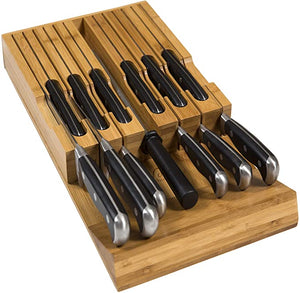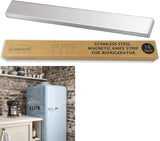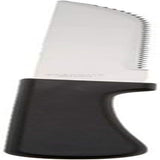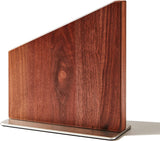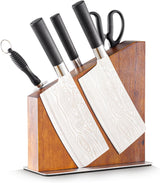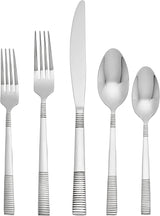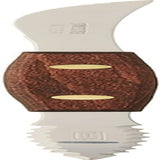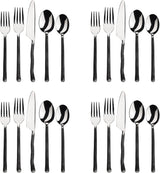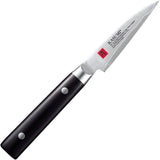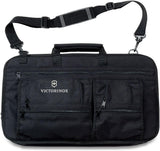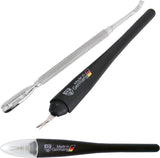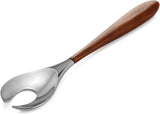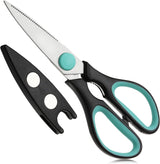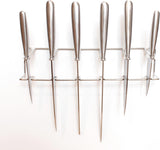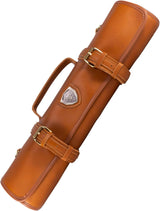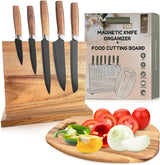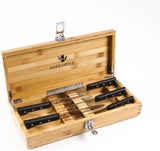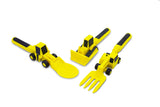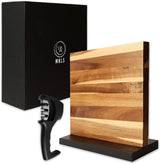For culinary professionals, a sharp fillet knife is not just a tool; its a vital part of their craft. Knowing how to sharpen a fish fillet knife is essential for achieving smooth, precise cuts, especially when handling delicate fish. A dull or improperly maintained knife can lead to wasted ingredients, uneven portions, and an unappealing presentation. Therefore, mastering this skill is crucial.
This detailed guide will explore the art and science of knife maintenance, providing you with everything from the necessary tools to a step-by-step process for sharpening, ensuring your fillet knife is always ready for action.

The Importance of Consistent Knife Maintenance
Keeping your fish fillet knife sharp is essential, particularly in professional settings where precision is key. A dull knife can tear fish, decrease accuracy, and impact the overall yield and appearance of your dishes.
Moreover, a sharp knife is inherently safer, as it requires less force, lowering the risk of slips and accidental cuts. By investing time in learning how to sharpen your knife properly, you can enhance your cooking efficiency and elevate your culinary results.
Essential Tools for Sharpening a Fish Fillet Knife
Before we dive into how to sharpen a fish fillet knife, let's go over the tools youll need:
- Sharpening Stone: Your primary tool, available in various grit levels (coarse, medium, and fine).
- Honing Rod: Ideal for regular maintenance and touch-ups.
- Knife Sharpener: A user-friendly alternative, including manual and electric models.
- Lubricant: Such as water or honing oil, to reduce friction and prevent overheating on sharpening stones.
Having these tools accessible will make the sharpening process much smoother.
Pro Tip: Distinguishing Between Sharpening and Honing
Sharpening involves removing material from the blade to craft a new edge, which is necessary for dull knives. In contrast, honing merely realigns the existing edge, making it suitable for quick maintenance.
Step-by-Step Sharpening Process
1. Evaluate the Blades Condition
To master how to sharpen a fish fillet knife, start by assessing whether your knife needs sharpening or honing. A simple test is to slice through paper or check if you can easily glide the blade through fish without tearing. If it struggles, its time to sharpen.
2. Choose the Appropriate Grit
The grit of your sharpening stone should match the blade's condition:
- Coarse Grit (250-600): For very dull blades or those with nicks.
- Medium Grit (800-1500): Ideal for general sharpening.
- Fine Grit (3000+): Best for honing and polishing.
3. Prepare Your Sharpening Stone
If using a whetstone, soak it in water for 10-15 minutes or apply sharpening oil as recommended. This precaution minimizes friction and prevents overheating during sharpening.
4. Set the Correct Angle
Maintaining the right angle (typically around 15-20 degrees for fillet knives) is crucial to effectively sharpening a fish fillet knife. If youre new to sharpening, consider using an angle guide for consistency.
5. Sharpen One Side of the Blade
Position the blade at the stone's edge at the desired angle and gently drag the knife across from heel to tip. Repeat for about 8-10 strokes, adjusting based on the knife's dullness.
6. Flip and Repeat
Now, sharpen the other side using the same technique, ensuring to maintain the angle. Uneven sharpening will create a less effective edge.
7. Finish and Polish the Edge
Switch to a finer grit to polish and refine the blade for that razor-sharp sharpness desired in professional cooking.
8. Clean and Test Your Knife
After sharpening, thoroughly clean the blade to remove any debris (discover more about knife cleaning here). Finally, test the sharpness by slicing paper or performing the tomato test.
Common Mistakes to Avoid
When learning how to sharpen a fish fillet knife, be cautious of these frequent pitfalls:
- Using an inappropriate grit for the knifes condition.
- Failing to maintain consistent angles while sharpening.
- Applying excessive pressure, which could damage the blade.
Tips for Maintaining Long-Lasting Sharpness
To keep your fillet knife sharp after sharpening:
- Regularly hone the blade to keep it aligned.
- Wash and dry the knife correctly after each use (learn about proper cleaning techniques here).
- Store the knife in a protective sheath or on a magnetic strip to avoid dulling.
Frequently Asked Questions about Sharpening Fish Fillet Knives
1. How often should I sharpen my fillet knife?
For professionals using their knives regularly, it's wise to hone weekly and sharpen monthly.
2. Is using an electric sharpener advisable?
Yes, provided its compatible with fillet knives to avoid damaging the delicate edge.
3. Whats the difference between honing and sharpening?
Sharpening removes material to reform the blades edge, while honing simply realigns that edge for optimal performance.
Caring for your tools is vital for lasting effectiveness. For additional expert knife care tips, check out this valuable guide here.

Conclusion
Mastering how to sharpen a fish fillet knife is essential for every culinary professional. With the right techniques and tools, you can ensure flawless cuts every time. Enhance your skills, take care of your tools, and elevate your cooking experience.
For additional tips on kitchen tools, don't miss our article on knife sharpening.
This article contains affiliate links. We may earn a commission at no extra cost to you.
